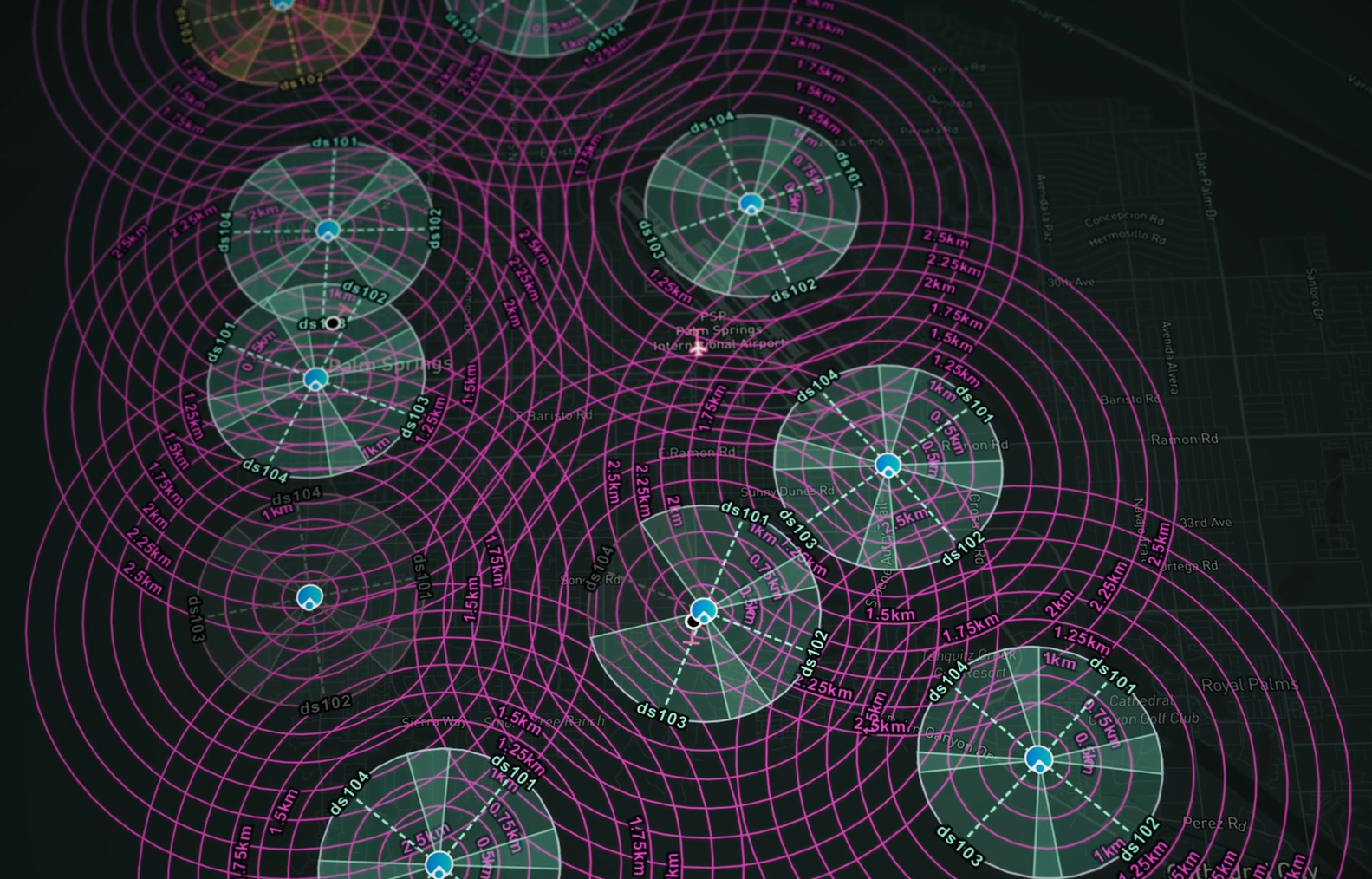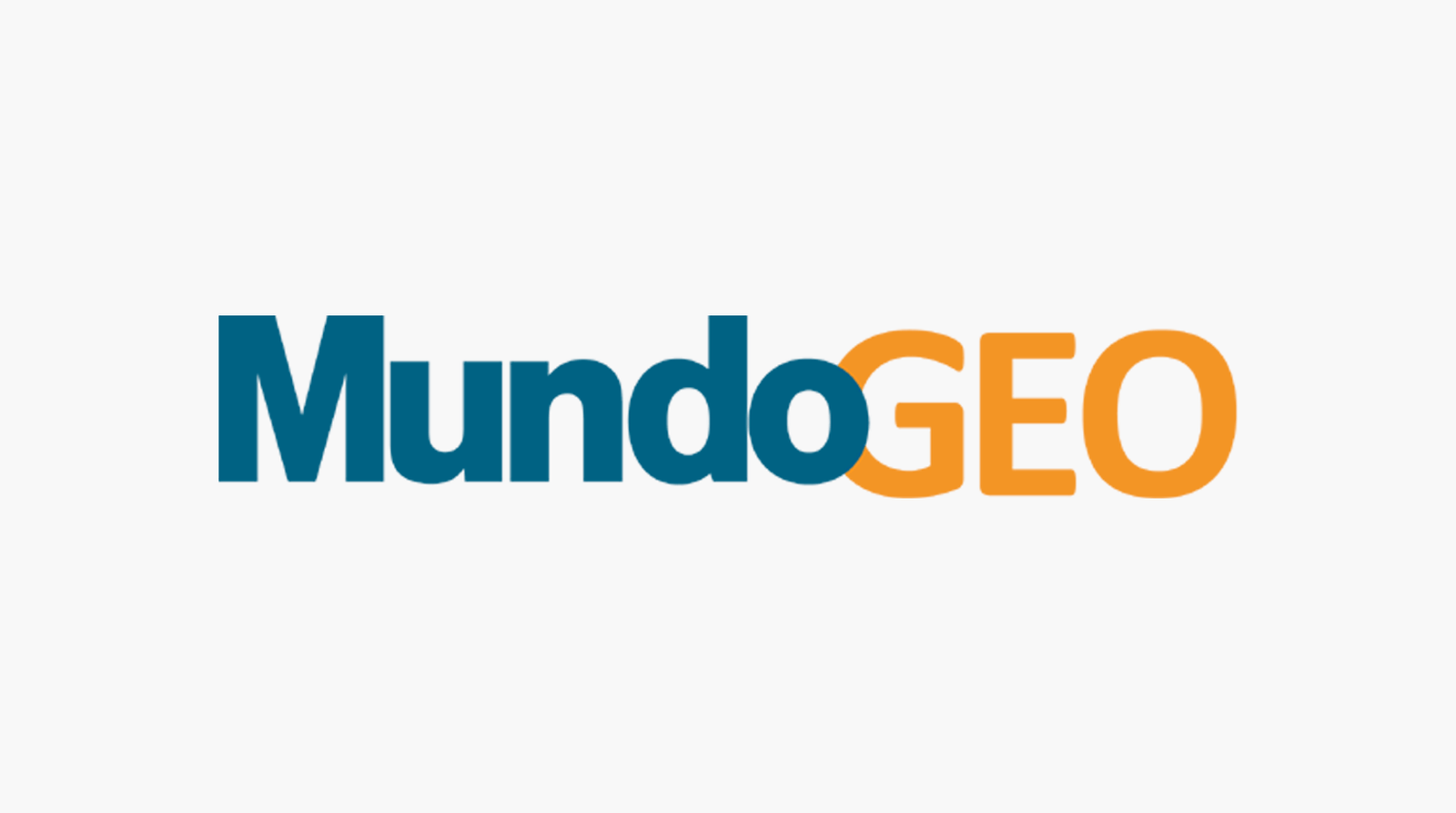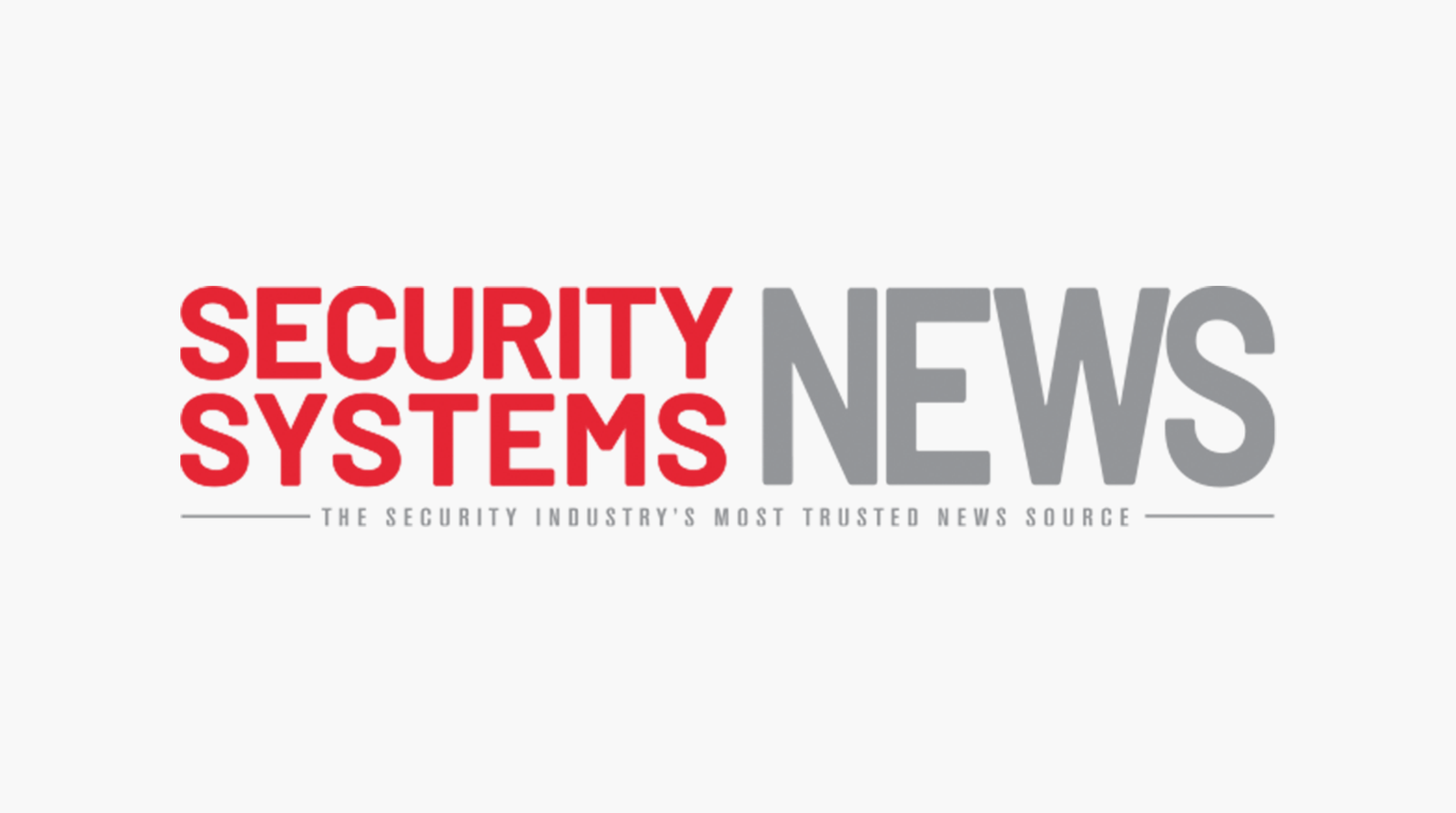The Latest Updates, Perspectives and Stories From MatrixSpace

MatrixSpace was selected as one of 10 finalists for the DIU's Low-Cost Sensing challenge for counter drone detection, addressing the lack of affordable scalability in traditional defense sensor systems.

DroneSense customers can now seamlessly conduct remote operations with comprehensive airspace awareness in a common operating picture with the inclusion of MatrixSpace radar detection intelligence.

The usage of radar for guiding vehicles and protecting people/places is strictly regulated for safety and to ensure reliability across radio spectrums. Your use case dictates how to comply with rules for radionavigation and radiolocation.

Expanding its pioneering Drone as First Responder (DFR) program, Campbell…

Nautical ports have historically been the primary means for large volumes of cargo and people, including intercoastal shipping from local ports or from ports across the world.

In the ever-evolving landscape of prison security, the advent of drone technology has introduced new challenges.

While there’s a lot of attention given to drone detection and counter drone solutions, we also hear from customers about the need for higher levels of ground and air surveillance in the general aviation space.

In the past twenty years, we’ve seen amazing advances in sensors of many varieties.

There’s a common misconception in the UAS industry when talking about surveillance and operational volumes for UAS operations.
A limitation in UAS operations for DFRs (Drone as First Responder) programs is the requirement for visual line-of-sight (VLOS) of the Remote Pilot in Command (RPIC).
%20for%20BVLOS%20DFR%20Operations-min.jpg)
The future of DFR seeks to eliminate the need for rooftop personnel, or VOs, entirely, simplifying the process into a single-person teleoperation and enabling true BVLOS operations.

We created a mascot based on a MatrixSpacer’s beloved family dog – who loves to be part of everything we do and talk about around the MatrixSpace office.
Latest News


With leadership AI Edge and Cloud software for real-time classification, history, and predication capabilities organizations can create safe airspace rapidly and robustly. MatrixSpace, a leader in portable AI-enhanced radar counter drone sensing technology, announces the completion of its $20 million Series B funding round. This raise represents a significant valuation increase over the Series A of May 2023 and brings MatrixSpace’s total funding to date to $58 million. The completion of this round also introduces meaningful new investors, including L3Harris, to the MatrixSpace team.


BURLINGTON, Mass. — MatrixSpace, a provider of portable AI-enhanced radar counter drone sensing technology, has announced the completion of its $20 million Series B funding round. This raise represents a significant valuation increase over the Series A of May 2023 and brings MatrixSpace’s total funding to date to $58 million. The completion of this round also introduces meaningful new investors, including L3Harris, to the MatrixSpace team. The round was co-led by The Raptor Group and OTB Ventures. The Raptor Group is a Boston-based venture and growth fund investing in deep technology across a variety of industries. OTB Ventures is a European investor focused on dual-use defense and enterprise technology, with deep ties to both European industry and NATO.


MatrixSpace, startup działający w obszarze przenośnych technologii wykrywania dronów wspomaganych sztuczną inteligencją, zakończył rundy finansowania serii B o wartości 20 milionów dolarów. Pozyskanie tych środków oznacza znaczny wzrost wyceny w porównaniu z rundą serii A z maja 2023 r. i zwiększa łączną kwotę finansowania MatrixSpace do 58 milionów dolarów. Zakończenie tej rundy oznacza również pojawienie się nowych znaczących inwestorów, w tym polskiego OTB Ventures.


New funding underlines rising demand for compact, AI-enhanced counter-UAS systems MatrixSpace has closed a $20 million Series B funding round, pushing its total capital raised to $58 million to date. The Burlington, Massachusetts company specializes in portable radar systems that use artificial intelligence to help detect and respond to unmanned aerial systems (UAS) in real time.


MatrixSpace, a supplier of portable AI-enhanced radar counter drone sensing technology, has completed its $20m Series B funding round. This raise represents a significant valuation increase over the Series A of May 2023 and brings MatrixSpace’s funding to date to $58m. The completion of this round also introduces new investors, including L3Harris, to the MatrixSpace team.